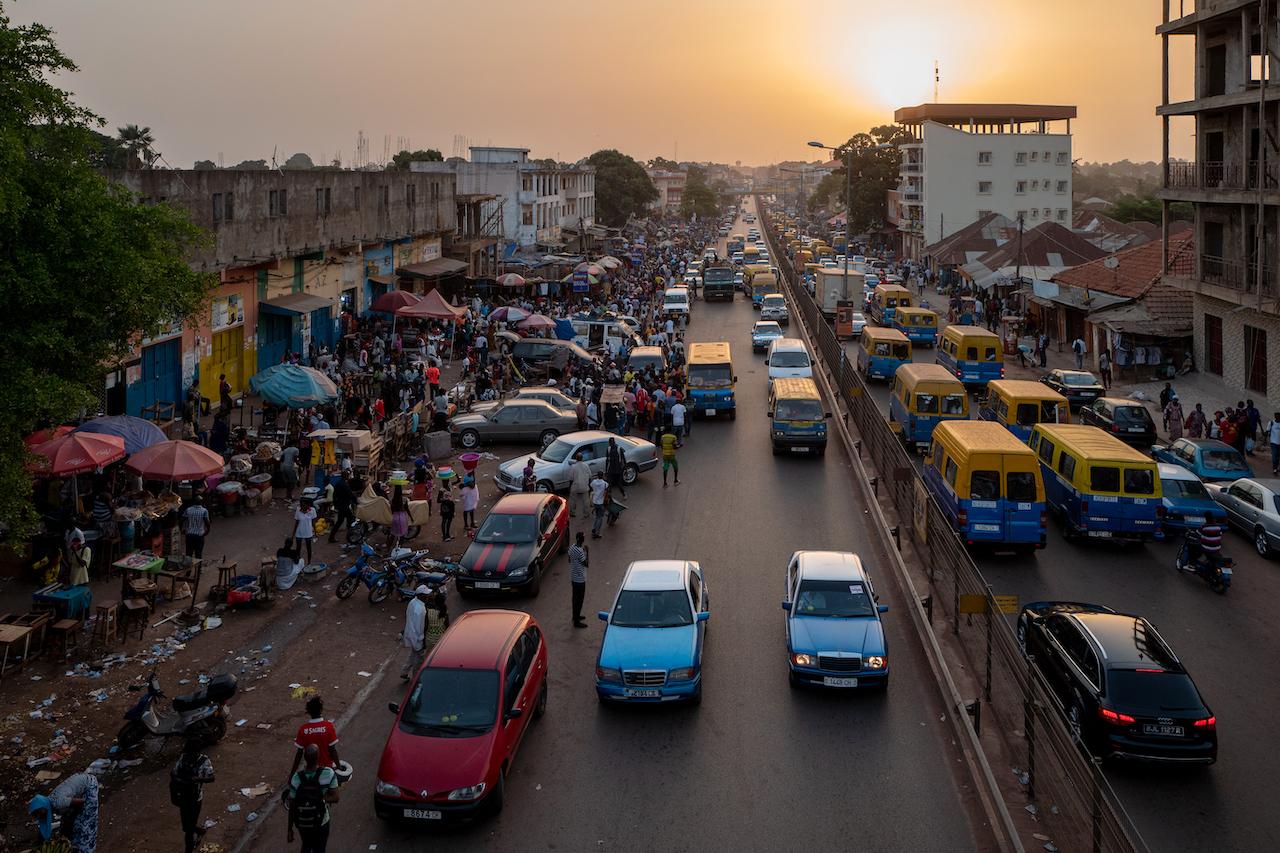The world will continue to urbanize over the next decade and is likely to see 60 percent of its population in cities by 2030. As we prepare for the 11th World Urban Forum (WUF) in 2022, a great number of questions face us. What kind of cities do we need to be able to address future pandemics and a wide range of other shocks?
COVID-19 highlights the critical role local governments play as front-line responders in crisis response, recovery, and rebuilding. There is an urgent need to rethink and transform cities to respond to the reality of COVID-19 and potential pandemics, and to recover better, by building more resilient, inclusive, and sustainable cities.
The New Urban Agenda adopted at the United Nations Conference on Housing and Sustainable Urban Development (Habitat III) in Quito, Ecuador in 2016, is about people, planet, prosperity, peace, and partnerships in urban settings.
At a time when the world is rapidly urbanizing, so far only 20 Member States have prepared national reports on the implementation of the NUA. Despite cities being the epicentre of the COVID-19 pandemic, few governments include urban issues in their Voluntary National Reviews on the 2030 Agenda or Nationally Determined Commitments for the Paris Agreement on climate change.
Five years since the adoption of the New Urban Agenda, where are we?
- Urban areas are increasingly epicentres of crises, insecurity, and violence, fueling displacement and forced migration. The majority of the 25 million refugees and 40 million Internally Displaced Persons in the world today live in cities and urban settlements, often under difficult conditions.
- Housing remains largely unaffordable both in the developing and developed world. According to UN Habitat World Cities Report, 1.6 billion people live in inadequate housing, of which one billion live in slums and informal settlements lacking basic services.
- Femininization of urban poverty. Female-headed households in slums and informal settlements are growing. All of these forms of exclusion disproportionally affect women, youth, older persons, migrants, and other marginalized groups.
- Accelerating urban action for a carbon-free world. As cities are responsible for some 70 percent of carbon dioxide emissions, 11,000 cities have committed to developing comprehensive climate action plans under the Global Covenant of Mayors for Climate and Energy to create sustainable, carbon-neutral, inclusive cities and towns.
While UN Secretary-General’s Report on New Urban Agenda, expected in January-February 2022, will be the main roadmap for consideration, five key areas of action and implementation are required to attain the global commitments, notably the 2030 Agenda and the Paris Agreement include:
- Decade of Action – Commitment by Member States to elevate the New Urban Agenda as a road map for accelerating the Paris Agreement and the Decade of Action for Sustainable Development.
- Cities and Pandemics – Recognition of role of cities in COVID-19 response and contributing to and spearheading the implementation of healthy, just, and sustainable national recovery.
- New Social Contract – Alignment of New Urban Agenda with Our Common Agenda on the future of multilateralism, with integration of housing, services, health, and basic incomes.
- Climate Action – Strengthening of local government contributions to nationally-determined commitments on climate mitigation and adaptation, with strategic focus on green infrastructure and resilience for the urban poor.
- Peace and Security – Call for Global Action Plan on inclusive urban planning in countries in post-conflict and disaster situations, strengthening social cohesion through durable solutions.
The upcoming high-level UN meeting in New York in April 2022 to revitalize the implementation of the New Urban Agenda will be crucial for the Member States to take stock and identify ways to move the critical effort forward.
Whereas in some regions, the urbanization rate is very high, in other countries, the total and urban population is declining, calling for different strategies related to shrinking cities. It will be important to understand the range of interdependencies between the New Urban Agenda and the commitments all of which have important urban and territorial dimensions, for example, the goals, principles, and targets of Sustainable Development Goals (SDGs), the Paris Climate Change Agreement, the Sendai Framework for Disaster Risk Reduction, and the Addis Ababa Action Agenda on Financing for Development.
Realizing the interlinkages of these commitments is the key to unlocking their full potential, optimizing resources, and leveraging resource development outcomes at every level of government, within the UN system, and across all sectors and stakeholders. It will then be possible to reduce spatial inequality, enhance shared prosperity, boost resilience of communities, strengthen climate action and effectively achieve sustainable urbanization.

 Locations
Locations

